Third Street Bridge Rehabilitation Project
Location
Third Street over Mission Creek, between Channel Street and Berry Street
City or County Responsible for Project
San Francisco
Category
Bridge: Efficient and Sustainable Bridge Maintenance, Construction and Reconstruction Projects
Author
Jacky Ng
San Francisco Public Works
49 South Van Ness Avenue, Suite 700, San Francisco, CA 94103
628-271-2229
Project Description
The Third Street Bridge, also known as the Francis “Lefty” O’Doul Bridge, crosses over Mission Creek Channel and links the South of Market and Mission Bay neighborhoods in San Francisco’s Eastern Neighborhoods Planning Area. At approximately 295-foot-long and 80-foot-wide, Third Street Bridge spans the Mission Creek Channel and provides five lanes of traffic and pedestrian walkways on each side. As a busy arterial for vehicles, pedestrians, and cyclists, the draw span lifts to allow boats to navigate through Mission Channel to access the upstream harbor. Prior to the Third Street Bridge Rehabilitation Project, the bridge’s deteriorated condition was clearly visible from signs of corrosion, chipping paint, a wobbly deck, and impact loading damage from traffic. To maintain durability and extend the life of the bridge super and substructure, repairs were needed for the 80-year old steel members, steel stairway, fender piles, bridge deck, concrete members, and the mechanical and electrical components to the lifting mechanism. As a result, repairs to the bridge included the replacement of the existing bridge deck and plates, the replacement of corroded steel bolts and members, the replacement of the pedestrian timber walkway, the addition of new traffic safety gates and CCTV system to warn and prevent vehicles and pedestrians from crossing during bridge lift operations, the retrofit of timber piles, the removal and painting of the bridge steel to protect the steel from corrosion, and many more. These repairs and upgrades have enhanced the bridge’s long-term reliability, its linkage to transit, and its safety to users. They have preserved this historic bridge’s functionality of supporting daily traffic operations and connecting the community.

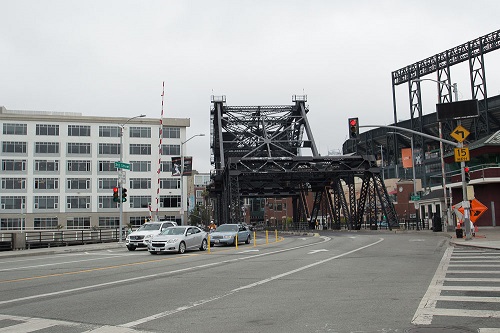
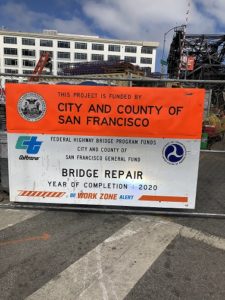
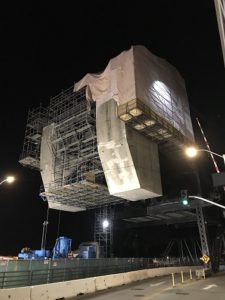
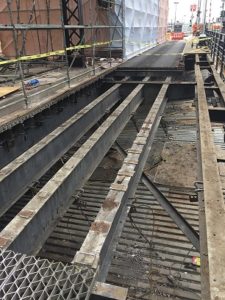
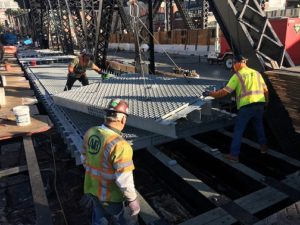
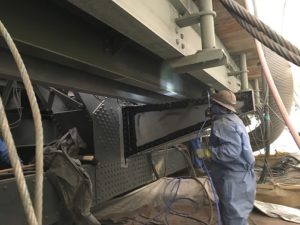
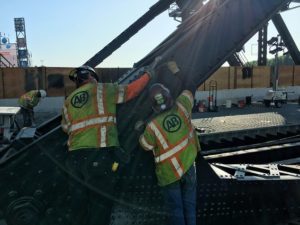
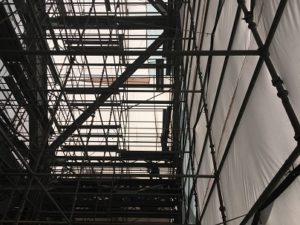
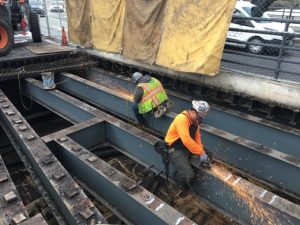
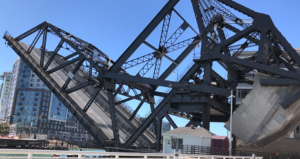
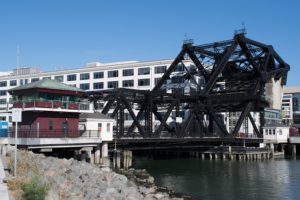
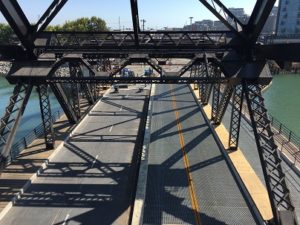
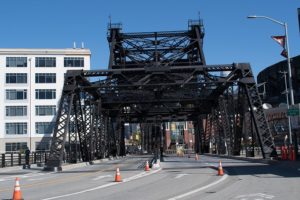
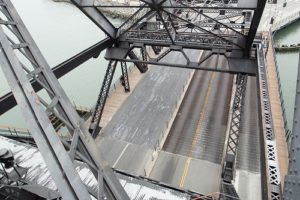
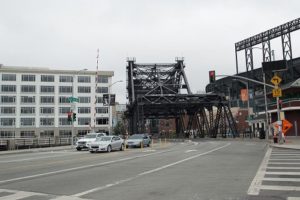
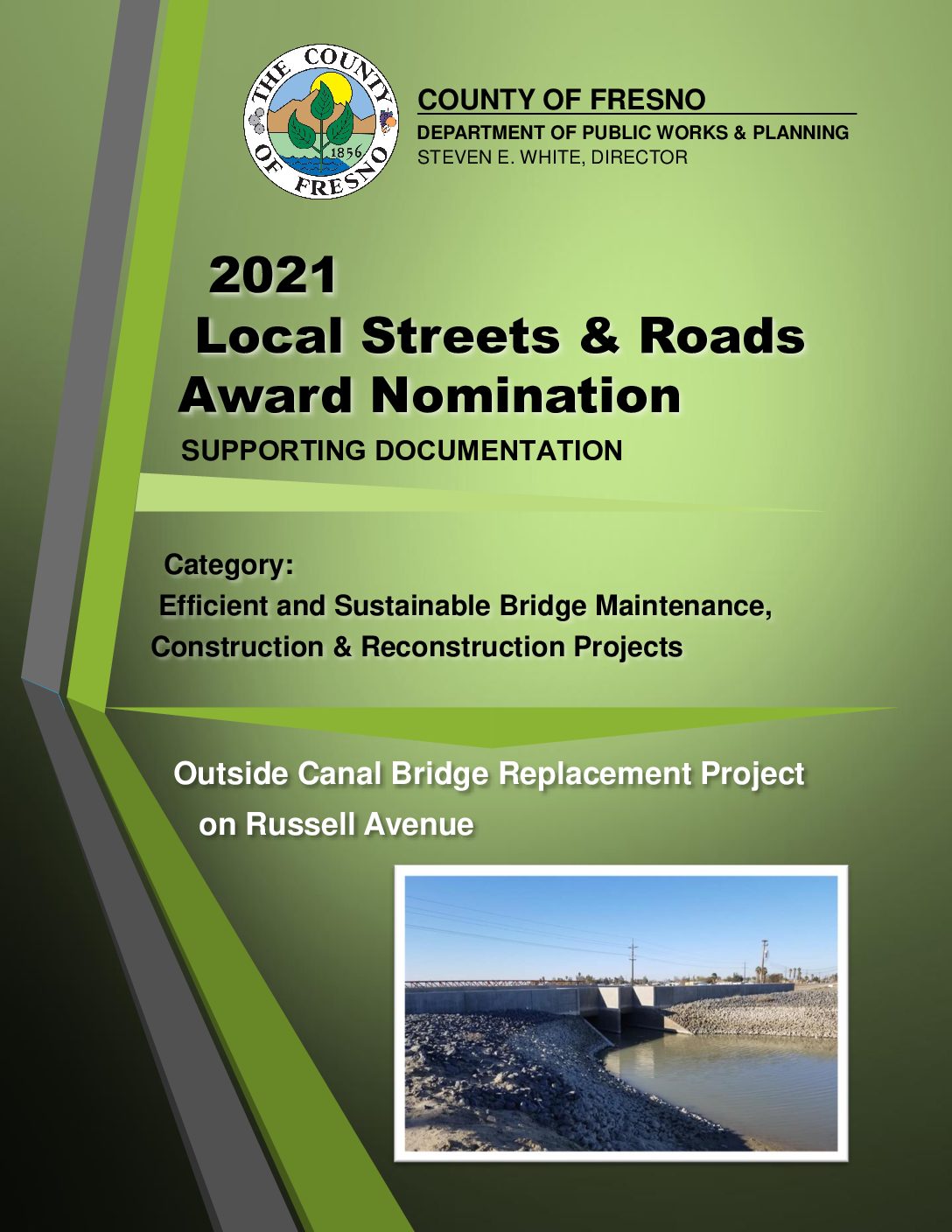
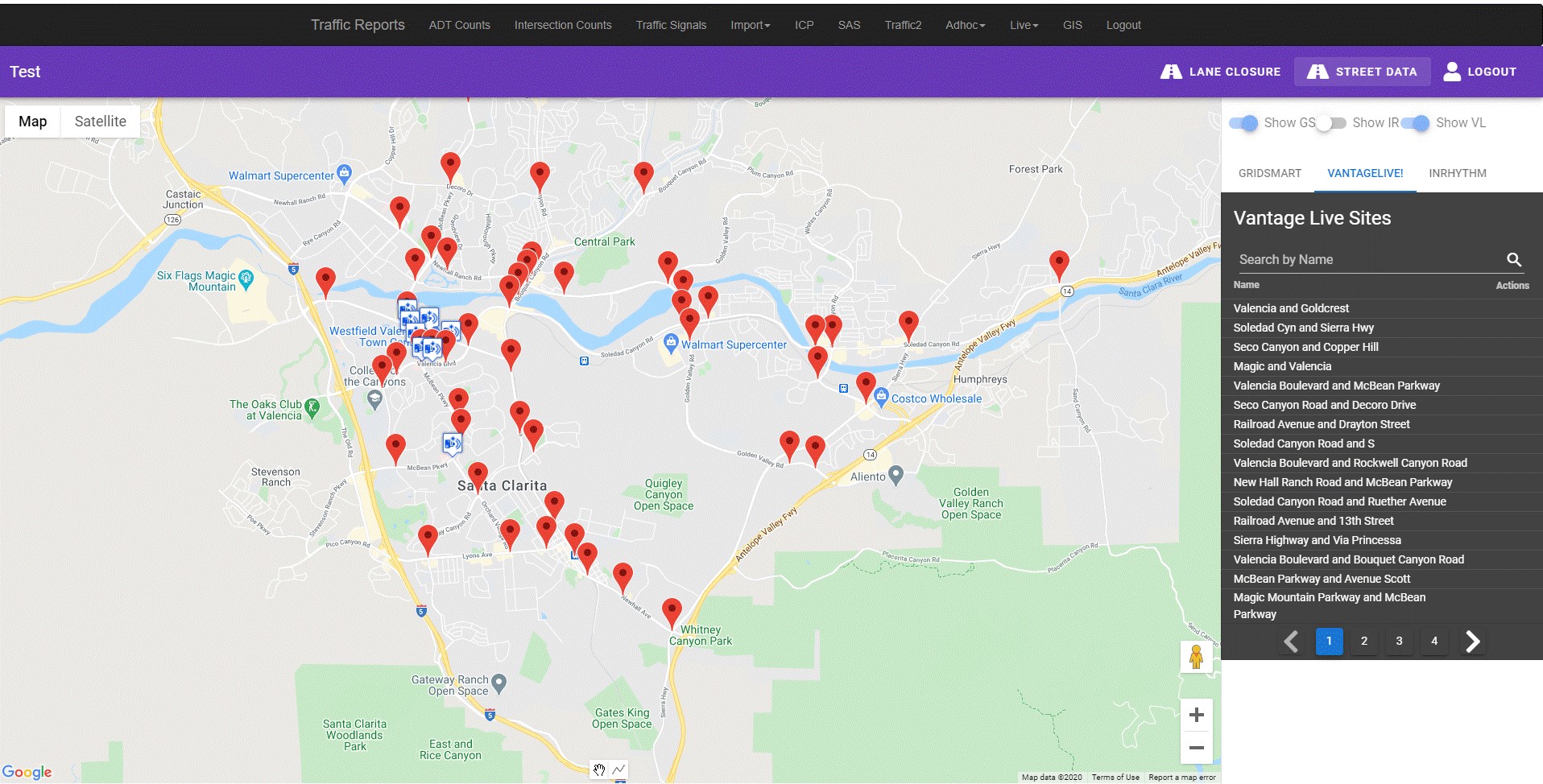
Add Comment